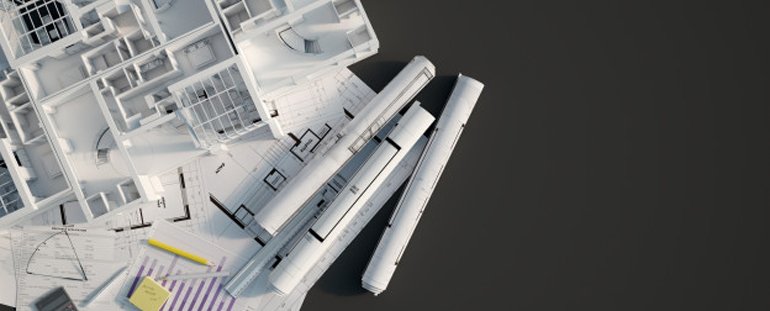
The Department of Interior Architecture, which was established in 2019, aims to train constructive, researcher, entrepreneurial and productive interior architects who have the knowledge and skills required by the age, are professionally competent, have developed analytical thinking and problem solving skills, and are constructive, researcher, entrepreneurial and productive. During the education period, the perception that the design process is a team work as well as an individual action area is adopted during the practices. The main goal of the department is that the students who graduate after the program continue their business life as individuals who are sensitive to the environment, aware of cultural values and conscious of protecting them, respectful to their profession and excited about design.
The department, which will develop under the roof of Konya Food and Agriculture University, provides integration between all faculties and departments with its food and agriculture-oriented education system as well as general interior architecture education.
In the curriculum created to achieve these goals, theoretical knowledge will be enriched with applications. Students who complete the program courses:
Erişilebilirlik
Seslendirme (BETA)
Metinleri sesli okumaYüksek Karşıtlık
Koyu tema aktif etSolgunluk
Renkleri gri tonlarına çevirBüyük Metin
Yazı boyutunu büyütOkuma Maskesi
Odaklanmayı artırOkuma Klavuzu
Yatay okuma çizgisi